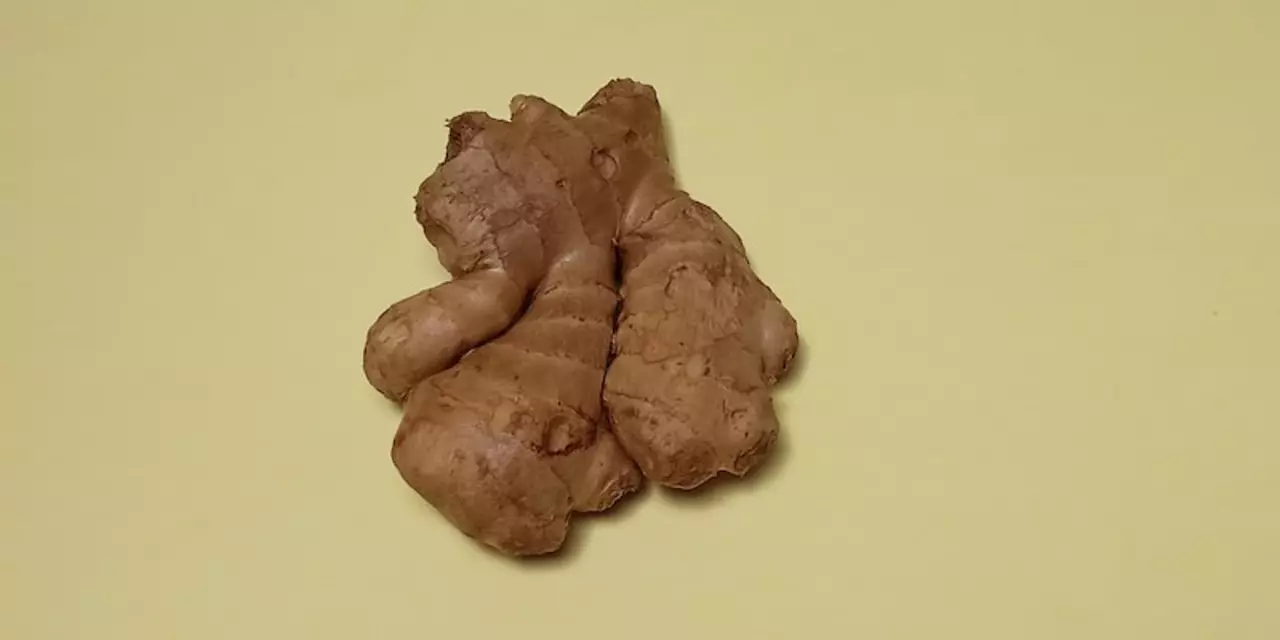Indian Diet: What to Eat, What to Skip and How to Stay Healthy
India’s food scene is a mix of flavors, spices and regional quirks. From buttery dal in the north to coconut‑laden dishes in the south, the Indian diet offers a lot of variety – but that variety also means it’s easy to overdo the heavy stuff. Let’s break down the basics so you can enjoy the taste without the guilt.
Key Components of the Indian Diet
Staples like rice, wheat (roti, chapati) and millets form the base of most meals. They give you carbs for energy, but the type matters. Whole‑grain rotis or brown rice keep the fiber higher, while white rice spikes blood sugar fast. Legumes – lentils, chickpeas, kidney beans – are the protein heroes in many vegetarian plates, and they also bring iron and B‑vitamins.
Spices aren’t just for flavor; turmeric, cumin and coriander have anti‑inflammatory properties. A pinch of these can turn a simple bowl into a health boost. Meanwhile, dairy is everywhere – from paneer to ghee. It adds calcium, yet too much ghee can raise saturated fat intake, so moderation is key.
Making Healthier Choices
If you’re trying to cut calories, swap deep‑fried snacks like samosas with baked or air‑fried versions. A study of street food in Delhi showed samosas carry the highest calorie count among popular items, mainly because of the oil. Opt for roasted chickpeas or sprouted moong for crunch without the grease.
Vegans in India face a unique set of hurdles. Dairy is woven into everyday dishes, so plant‑based milks (almond, soy, oat) and tofu can fill the gap. Look for vegan‑friendly restaurants in metros; they’re popping up fast, and even small towns are seeing dairy‑free versions of traditional sweets.
When you crave a snack, go for regional bites that pack nutrition. Think of bhelpuri (a puffed rice mix with veggies) or roasted peanuts – they’re lower in fat and high in protein. Even street‑side chaats can be made healthier by asking for less tamarind sauce and more fresh veggies.
Portion control is a simple win. Indian meals are often served family‑style, making it easy to over‑serve. Use the plate method: fill half with veggies, a quarter with protein (dal or paneer), and the remaining quarter with carbs. This keeps the balance without counting every gram.
Hydration matters too. Traditional drinks like buttermilk (chaas) and coconut water are great alternatives to sugary sodas. They replenish electrolytes and are gentle on the stomach.
Finally, keep an eye on hidden sugars. Many Indian desserts use a lot of jaggery or condensed milk. A small piece of kheer or a few gulab jamuns can satisfy a sweet tooth without derailing your diet.
In short, the Indian diet can be both tasty and nutritious if you make a few swaps, watch portions, and choose whole‑grain or plant‑based options when possible. Enjoy the flavors, stay mindful, and your meals will fuel you right.
What is the best Indian diet for weight loss?
The best Indian diet for weight loss is one that focuses on consuming a variety of nutritious, low-calorie foods such as fruits, vegetables, whole grains, lentils, and legumes. This diet should be supplemented with regular physical activity and mindful eating habits. Eating a balanced diet that includes a variety of healthy foods can help you maintain a healthy weight and reduce your risk of chronic disease. Additionally, drinking plenty of water and avoiding processed and fried foods can help you reach your weight-loss goals. With the right diet, exercise, and lifestyle changes, you can achieve a healthier you.
